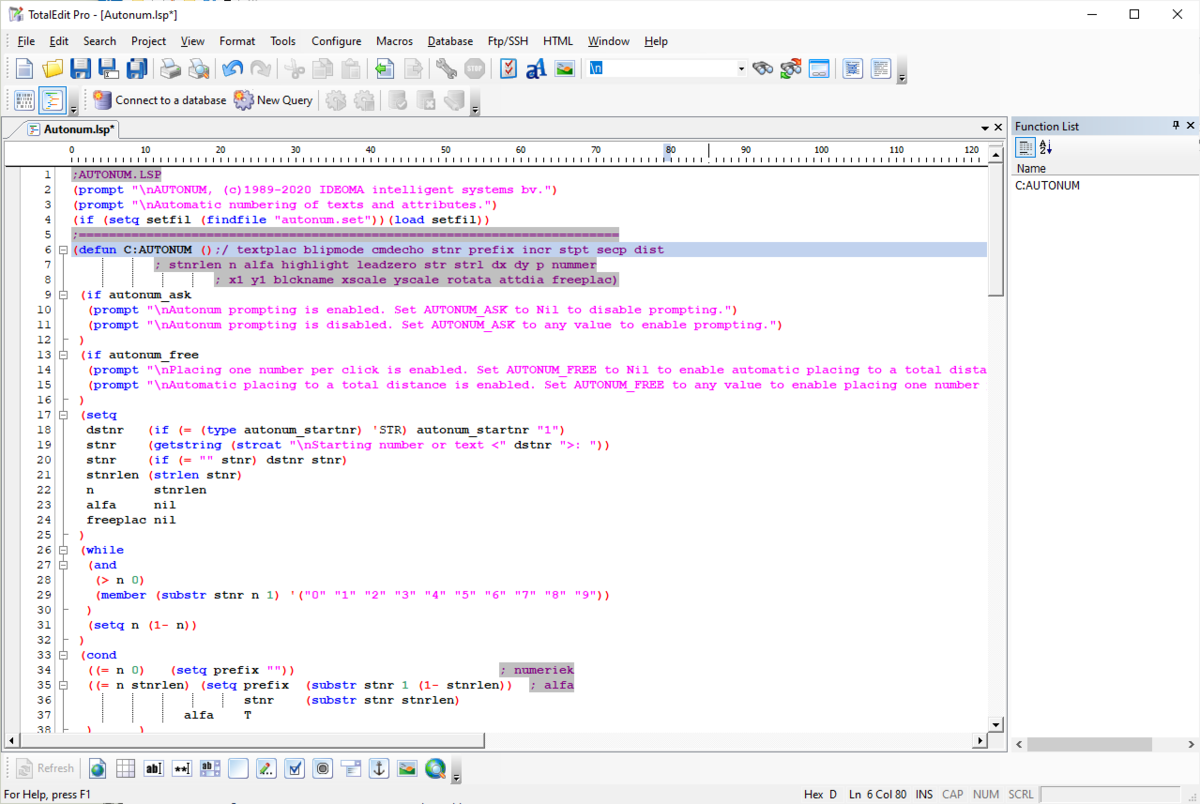Coul
Could be Autodesk's own marketing. They deprecated their IDE (in favour of VS Code), which makes sense as why develop an IDE when others out there are flexible enough to do what you need.
Some of their announcements made it sound like they were scrapping the whole thing.
That said, I don't know how many people use the IDE - it was around for years before the IDE existed and people managed fairly well. It isn't generally used for big complicated programs, so doesn't seem so necessary for it to have an IDE as some things.
So if your not already aware, AutoDesk released an AutoLISP extension for Microsoft VS Code. In ACAD 2021 help directory under "What's New or Changed with AutoLISP" they drop this little tidbit Quote Obsolete Visual LISP IDE (Windows Only) - The Visual LISP (VL) IDE has been retired and will be r...
www.cadtutor.net

